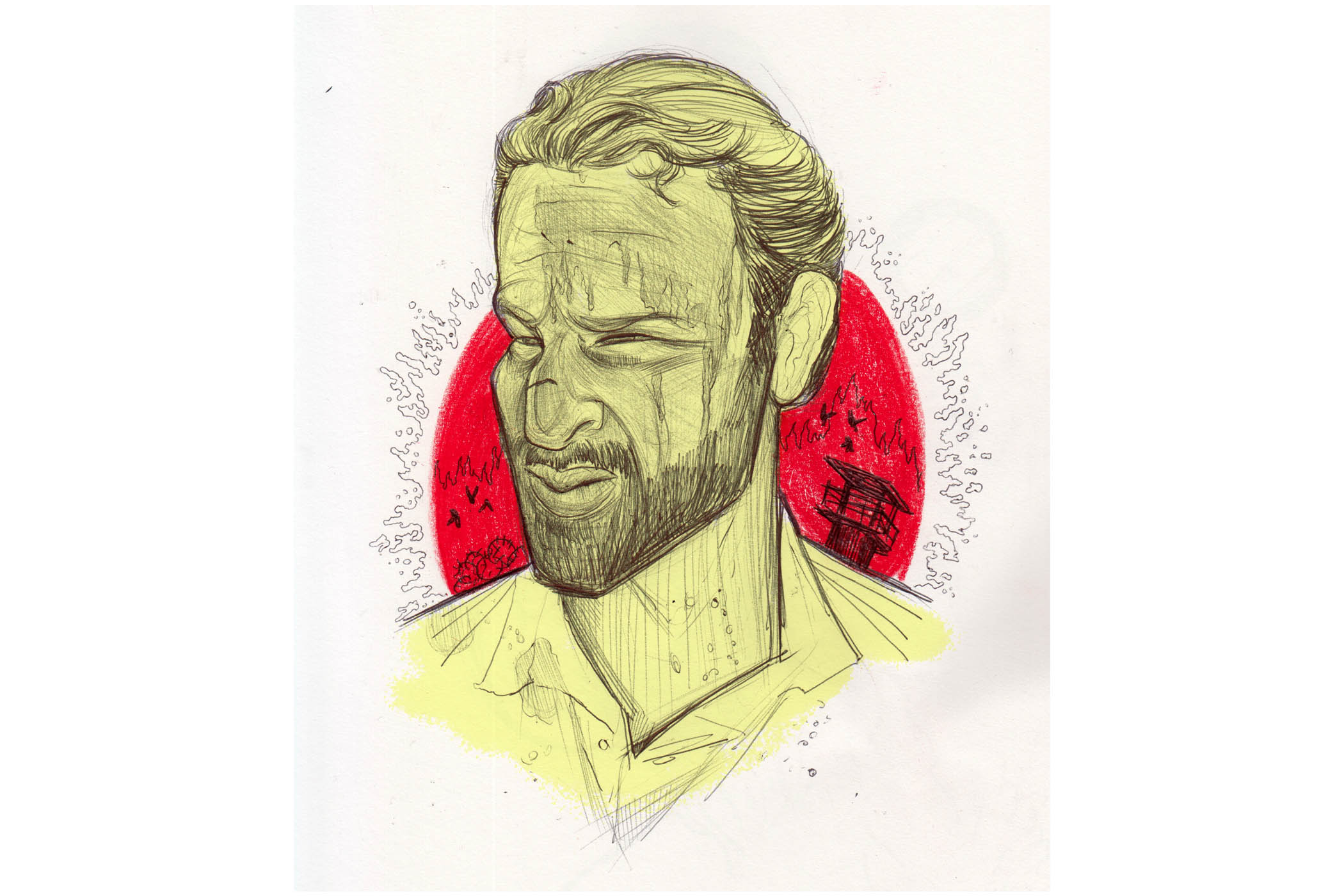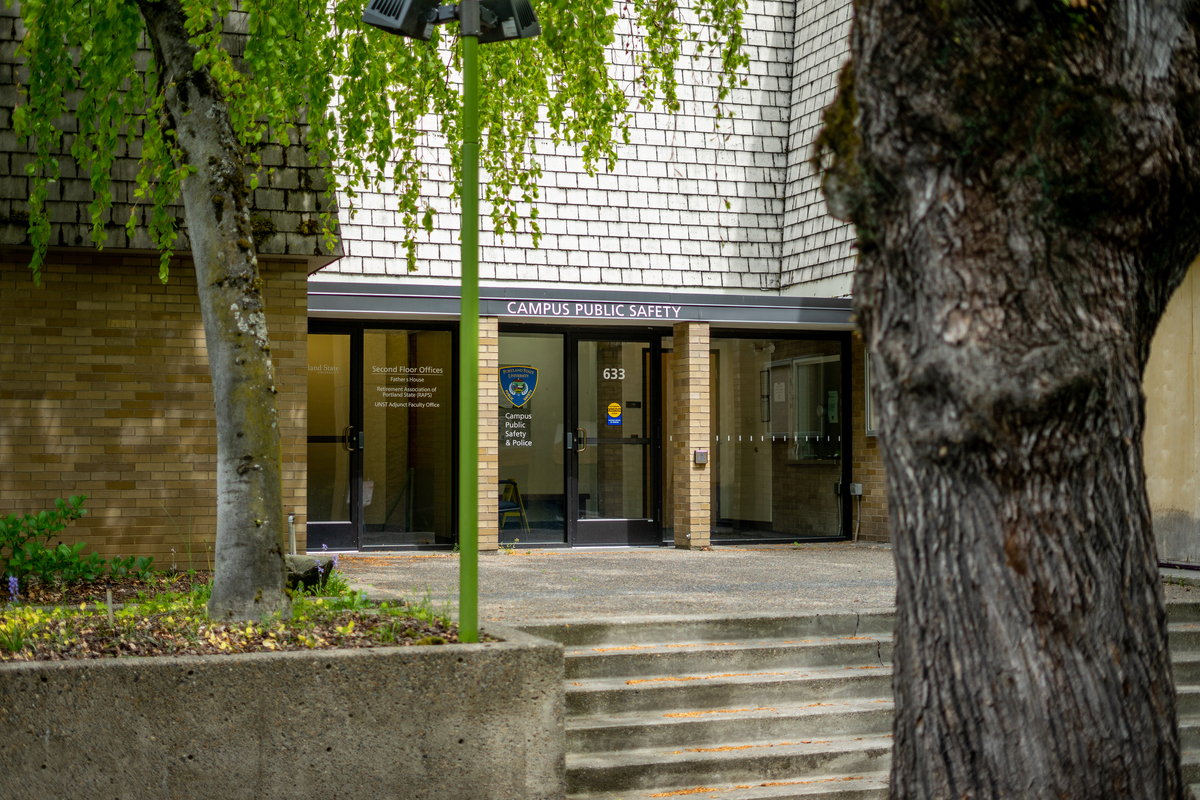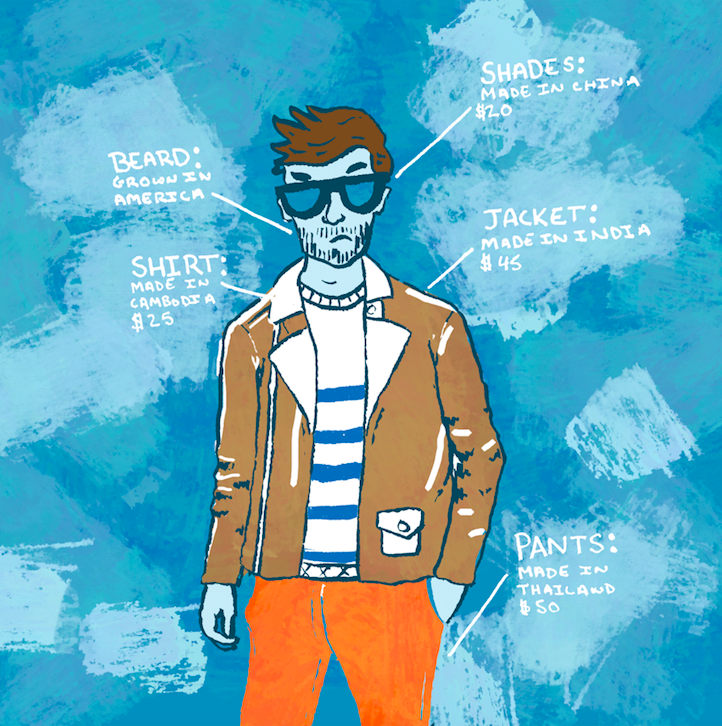Maybe it’s the ominous vibe this January has given off, or it’s because I recently re-watched Fury Road, but I’ve been thinking a lot about apocalyptic stories lately. Pop culture has always had something of an obsession with these tales, from literature like The Last Man, to films like Mad Max, even to all-ages stories like Adventure Time.
So why do we love these stories? What themes make them so important to us and what can we learn from them?
First off, the films and shows we see depict the apocalypse as horrifying but admittedly quite gorgeous. They’re not places we’d necessarily like to live, but who thought the end of all things would look so good?
One of the more significant reasons is their speculative nature, not just in how our society might function but in how we might act.
Didn’t you know? The most dangerous creature is man!
The evil of humanity is definitely a trope that feels overused, but one can argue it’s overused for good reason. As a species we can admittedly be pretty terrible, sometimes overeager for violence, with a lack of empathy for others and desire for power and resources.
These darker, more animalistic tendencies are easily mined for storytelling in apocalyptic fiction. Sometimes we’re too self-centered to care about others or the world around us and that leads to our downfall. Many times we overuse our resources, like in Mad Max, Interstellar, and even The Lorax. We don’t listen, then we transform our ecosystem into an apocalyptic landscape. Very often we watch society fall back and become desperate and nihilistic.
This is a popular angle because it allows usually cynical protagonists to rise above and recapture their nobility or humanity.
Everyone loves a comeback.
Another interesting trope that goes hand in hand with the hero rising above the cynicism of society is the us-versus-them angle of these stories.
In The Walking Dead this is taken literally, depicting humans versus monstrous versions of ourselves, but in stories like H.G. Wells’s The Time Machine, we have a more class-based divide between the crude and uncivilized Morlocks who live underground and the more powerful and civilized Eloi. In The Road Warrior we have a compound of defenders protecting themselves and their resources from the marauder gang of Lord Humongous.
It all seems pretty amusing until you realize that CNN recently reported that many rich folk are building luxurious bunkers in preparation for disaster.
It’s interesting to note that this trope often looks down on both factions in some ways. Although Max sides with one group in The Road Warrior, in the end that group betrays him, leaving him stranded without gas in spite of all he gave them.
It should also be noted that very often the factions have charismatic leaders. While some are extreme, like in Stephen King’s The Stand, where the antagonist Randall Flagg is a demonic, Satan-like figure, very often they are charismatic people like Lord Humongous or President Snow.
As cliche as it is, the enemy is us.
In the comic strip Calvin and Hobbes when Calvin asks whether Hobbes believes in the devil, Hobbes replies that he doesn’t think humanity needs the help. In most of these apocalyptic stories, we definitely don’t.
So do we make it? Very often we don’t find out.
Outside of tales like The Epic of Gilgamesh, where divine intervention sweeps in, we focus on the lives of just a few people wandering the apocalyptic landscape, using it as a backdrop for personal stories, with little resolution as to the state of the world itself. That said, George Miller’s Mad Max series has slowly become less cynical, with people working together to overcome their differences and basic instincts to take down oppressive regimes.
Whatever we do, let’s hope we do it soon. The Doomsday Clock, a symbol used to gauge the possibility of a potential worldwide disaster, moved 30 seconds closer to midnight this January. Conceived in 1947 by scientists who took part in the Manhattan Project, the clock has since been maintained by members of the Bulletin of the Atomic Scientists.
Because of who created it and who maintains it, the catastrophe predicted typically relates to atomic warfare. The closer to midnight the clock reads, the closer these scientists believe we are to global disaster.
We currently are 150 seconds from midnight.






